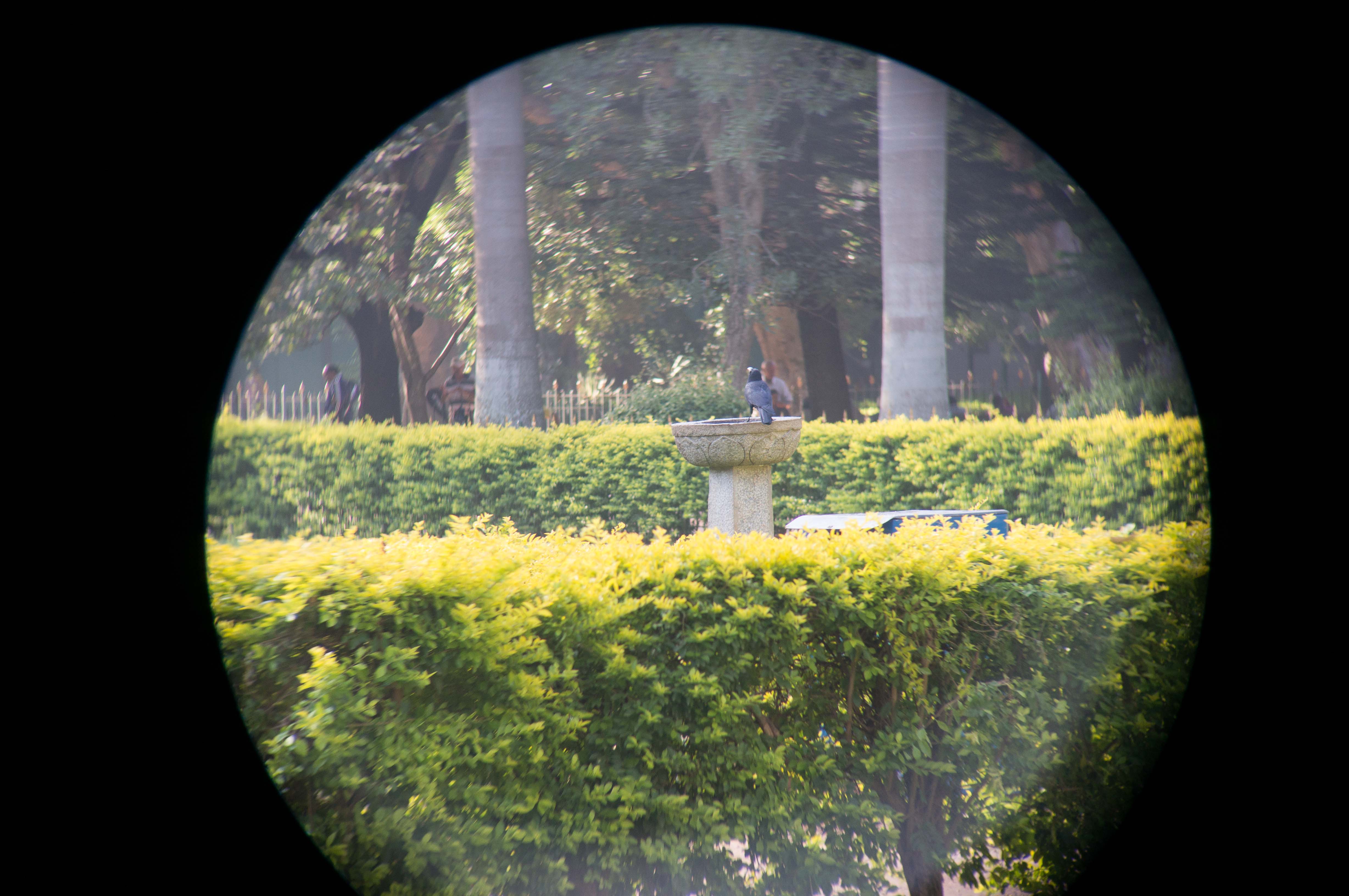In short: No.
A lens designed for a camera is designed to project an image on a plane a certain distance back from the rearmost optical element, directly on the sensor or film. The distance depends on the camera model.
A binocular or a telescope is not designed to project an image on a plane, instead, think of it like a "telephoto adapter" designed for a particular type of camera: the average human eye. The difference is that the rearmost element in the telescope is not the final optical element in the light path to the sensor (the retina), instead, the light still has to be directed through the cornea, the crystalline and the vitreous body. That is what the other answer mentions as "some other optical modifications"
There may still be a chance that certain models of binoculars or telescopes project an image at a usable distance, but without advanced optics knowledge, the task of finding one is a trial and error effort.
Another challenge is that most telescopes and binoculars for consumer use do not have the optical quality of a dedicated camera lens. They are not developed using the same degree of research and design refinement, and almost certainly, they do not use the same grade of optical glass. This means that even if you find a cheap usable binocular, it will deliver distorted images and a lot of chromatic aberration, blurriness and possibly, a very unpleasant bokeh. (hence the huge price difference)
We usually don't notice the "defects" in our binoculars due to the powerful image processing of our brains. Usually we never get to see a steady image, but since our heads are in constant movement, the brain has developed the ability to "stabilize" the image for us. Also the brain deduces what we are seeing and completes missing information, so, for example we get to read a distant sign, but we don't notice we did it even without perfectly focusing (optically) on it.
But I don't really want to (completely) spoil the party. I have tried similar experiments myself. I have paired binoculars to point and shoot cameras and smartphones, and have also got kind-of-decent images of the moon shooting with a compact camera and a telescope.
All my experiments where handheld attempts, but the logical next step was to build some sort of bracket to hold both the binoculars and the camera together. The camera is easy to hold since it has the tripod screw hole. Ideally the bracket should have means to adjust camera position, allowing to align it's lens with the binocular's lens, and to fine tune the distance between them.
However, I wouldn't use a DSLR without lens because of the high risk of dirt getting on the sensor and shutter mechanism.
Finally, unless you have an extremely good binocular, you'll get better images by cropping from the images you can get from your current gear. And that may be good enough for on-line or on screen display and small prints.


